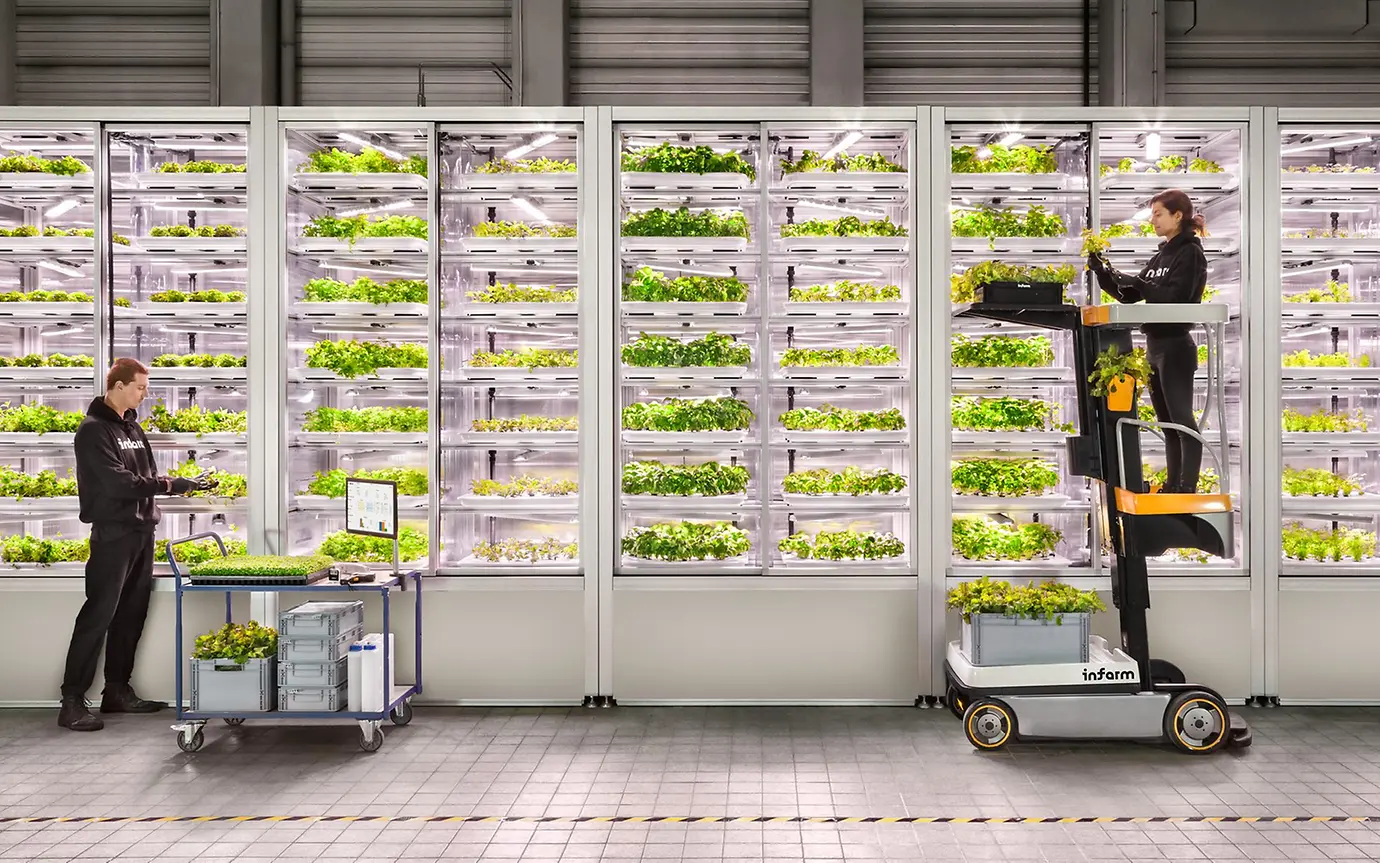Sustainable Living: Eco-Friendly Home Hacks for the Modern Family
Let’s be honest—sustainable living isn’t just a trend anymore. It’s a necessity. And while the idea of going green might seem overwhelming, small changes at home can add up to a big impact. Here’s the deal: you don’t need a solar-paneled roof or a zero-waste lifestyle overnight. Start with these practical, budget-friendly hacks that even the busiest families can manage.
1. Energy Efficiency: Small Swaps, Big Savings
Your home’s energy use is a low-hanging fruit for sustainability. And no, we’re not talking about rewiring your house—just smarter habits and swaps.
Lighting the Way (Without Wasting Watts)
Swap out incandescent bulbs for LEDs. They use 75% less energy and last 25 times longer. It’s a no-brainer. Oh, and those forgotten lights left on in empty rooms? Motion sensors or smart bulbs can solve that.
Unplug the “Energy Vampires”
You know those chargers and appliances that suck power even when off? They’re called phantom loads. Plug them into power strips and flip the switch when not in use. Easy.
2. Water Wisdom: Every Drop Counts
Water waste is sneaky. A leaky faucet can drip away 3,000 gallons a year. Here’s how to tighten up:
- Low-flow fixtures: Install aerators on sinks and showerheads. They cut water use by 30% without sacrificing pressure.
- Rain barrels: Collect rainwater for gardens. It’s free, and plants prefer it over treated tap water.
- Shorter showers: Timer challenges with kids can turn conservation into a game.
3. Waste Not: Rethinking Household Trash
Landfills are overflowing, but your family can lighten the load. Start with the big three: reduce, reuse, recycle.
Composting (Even in Apartments)
Food scraps make up 30% of household waste. A small countertop compost bin or a community drop-off can turn apple cores into garden gold. No yard? No problem.
Ditch Single-Use Plastics
Reusable beeswax wraps instead of cling film. Glass jars for leftovers. Silicone bags for snacks. Small swaps add up—and honestly, they’re often prettier than plastic.
4. Green Cleaning: Non-Toxic and Effective
Store-bought cleaners are packed with chemicals that harm waterways and indoor air quality. Try these DIY alternatives:
| Ingredient | Use |
| White vinegar | Disinfectant, deodorizer |
| Baking soda | Scrubber, stain remover |
| Castile soap | All-purpose cleaner |
Mix vinegar and water (1:1) in a spray bottle for windows. Baking soda paste lifts grime from sinks. Simple, cheap, and safe for kids and pets.
5. Sustainable Shopping: Mindful Consumption
Every purchase is a vote for the kind of world you want. Here’s how to shop like you mean it:
- Buy secondhand: Thrift stores and Facebook Marketplace are treasure troves for furniture, clothes, and toys.
- Choose quality over quantity: A $50 pair of shoes that lasts five years beats five $10 pairs that fall apart.
- Support local: Farmer’s markets cut down on transport emissions—and the produce tastes better.
6. Indoor Air Quality: Breathe Easier
Your home’s air can be more polluted than outside. Yikes. Fight back with:
- Houseplants: Spider plants and peace lilies filter toxins. Plus, they’re harder to kill than you’d think.
- Natural ventilation: Open windows for 10 minutes daily to flush out stale air.
- Essential oil diffusers: Skip synthetic air fresheners. Lemon or eucalyptus oils smell fresher anyway.
Final Thought: Progress Over Perfection
Sustainability isn’t about doing everything—it’s about doing something. Pick one hack this week. Then another. Small steps create habits, and habits change the world. Or at least your little corner of it.










